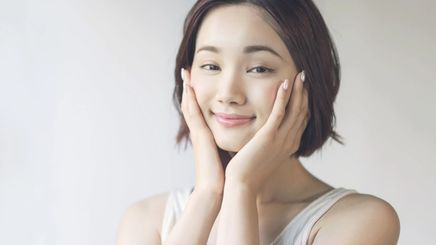
Did you know that acne affects 9.4% of the global population and is the eighth most prevalent condition in the world? Based on the U.S. National Library of Medicine, acne is the most common skin problem encountered by dermatologists. Many of us have looked at ourselves in the mirror and , scrutinizing their appearance both out of curiosity and frustration. How do you treat acne? The first step is knowing the types of acne and figuring out which ones you have. We interviewed a skin expert at Unilever to find out more.
What are the Different Types of Acne?
According to Unilever’s Skin Expert, acne can be classified as either inflammatory or non-inflammatory. Inflammatory acne can be further classified as papules, pustules, nodules, and cystic, while non-inflammatory ones include comedones, , and blackheads.
Papules are those small, red, and tender bumps, while pustules are small bumps with pus at the tips. Nodules are large, painful lumps, and are large, painful lumps with pus.
Comedones are flesh-colored acne papules. Whiteheads, or closed comedones, are formed when oil and dead skin cells are trapped within the pores until you get visible white bumps. While blackheads, or open comedones, are pores that are filled with oil, debris, and dead skin cells. This mixture sits in the opening of the pores, and as it gets oxidized, it turns into a black color.
What Ingredient is Good for Addressing All Types of Acne?
Terpineol and thymol are effective ingredients whose proposed mechanism is described as “lock and clear.” Thymol binds to the efflux pump on the bacterial surface membrane, blocking it and locking both active ingredients inside the cell where they can rapidly exert maximum bactericidal activity.
According to a study published in the Journal of Dermatology and Dermatologic Diseases, the best anti-acne cleanser are those with terpineol and thymol. Participants who used these products for four weeks showed a reduction in the P. acnes bacteria in the epidermis and a reduction in acne count. POND'S Bright Miracle Ultimate Acne Control Facial Foam contains these ingredients in its Active Thymo-BHA formula, which fights 99% of acne-causing bacteria in three days.
Other Than Treatment, What Other Habits are Helpful in Getting Rid of Acne?
You should always consider a multifactorial lifestyle approach to solve the problem. Diet, for one, plays a unique role in the management of acne. High intake of hyperglycemic carbohydrates such as white bread, cakes, doughnuts, breakfast cereals, milk, and saturated fats and trans-fats is linked to acne pathogenesis. So, French fry and butter popcorn lovers, beware!
Staying hydrated is also always good advice when it comes to maintaining your skin. Drink at least eight glasses (or 2.7 liters) of water every day and more during warm days. Water has zero calories and has been proven to brighten complexion.
Should We Be Treating Adult Acne and Teenage Acne Differently?
Since acne is on a continuum and not necessarily different among adults and teens, early intervention is what’s important. Washing your face twice a day to remove excess oil is recommended.
It takes a simple regimen using products that have acne-fighting ingredients to address most types of acne. Just remember, intervention and removal of excess oil are essential, as is a healthy diet.